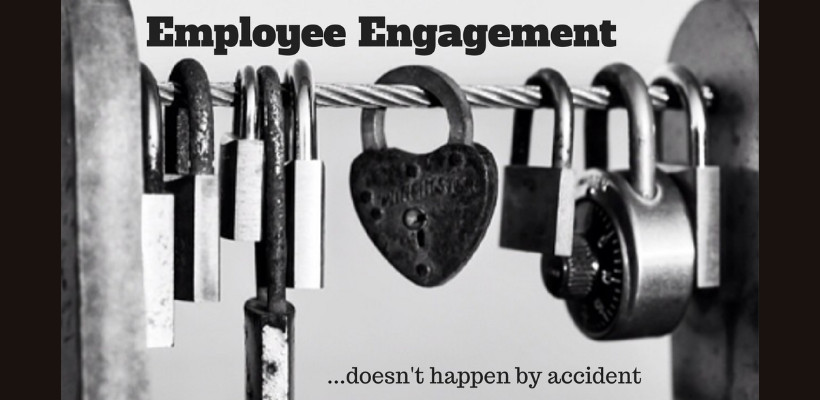
Those who know me, who've worked with me, and follow me know that I'm passionate about Employee Engagement, or simply engagement in general. I love that communication done right has the power to influence and engage your employees, your customers, your members and your communities. It's magic that brings strategies and brands to life, helps people easily navigate change and builds pride and purpose in organizations.
That's why I'm often surprised to hear about the many organizations and leaders focused on engagement, who simply don't invest in solid strategic communication, engagement and planning. They believe that if they have the right plan, and talk about it in their newsletter, update the intranet, or hold a town hall once a year, employees and other stakeholders will eventually figure it out. But is that a chance you're willing to take?
In the successful organizations I've worked for and now work with, engagement is purposeful. Engagement is planned. Engagement doesn't happen by accident.
Here are a few things to keep in mind:
Have an Engagement plan that connects the dots for employees
An engagement plan begins with foundational elements like mission, vision, values and strategic business plans and then clearly articulates the behaviour and activities in which employees must engage in order to deliver the performance and brand consistently. If you don't know what this looks like, how can you measure success?
Clear, credible, consistent communication is key
Organizations spend a lot of time building the plans but then tend to put the plans on the shelf, launch the initiative once never to be seen again or expect leaders to communicate without direction. They think information will spread via osmosis. Major initiatives must be launched but you also must account for proactive adoption and maintenance plans and materials to make sure they live inside an organization.
Engagement is a collaborative effort
Many organizations hand the responsibility of engagement to a team (like HR or Communication) or an individual. Engagement needs to be an integrated effort in order to succeed. The truth is that there is accountability for engagement through the organization and a variety of leaders (executives + managers) and departments working together can create results better than ever expected.
I hear constantly from colleagues about the lack of engagement and focus in their organizations, while many leaders and organizations acknowledge intuitively that increased engagement can and will positively impact bottom-line results. Many simply don't know how to put a critical eye on engagement efforts and create a plan that will truly have an impact.
It's one of the reasons I created The Engagement Solution, a one-day workshop that will provide your HR, Communication and Marketing teams with tools to build your Engagement plan for 2017 in a way that will have impact on results. It will also help identify gaps that are standing in the way of engagement success.
If you found this post helpful, you’ll also enjoy our newsletter. It’s a monthly collection of ideas, resources, and inspiration for those passionate about enabling, engaging and empowering employees through strategic internal communication.